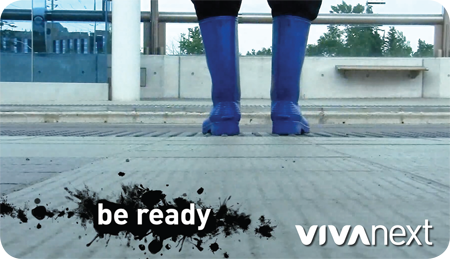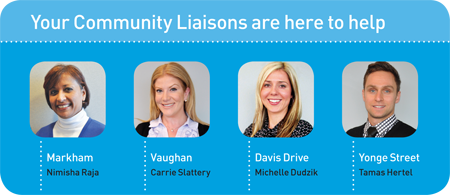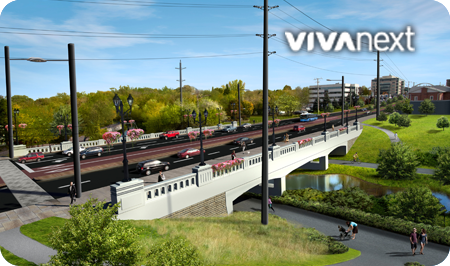As you will know from driving along Highway 7, our rapidway construction is really coming along, and this summer a segment will be going into operation. We still have a bit more work ahead of us before service operation can begin, including some work which will be obvious such as final paving, striping and landscaping. But in addition to that work, we’re just getting underway on a less-obvious but highly important part of the job, which is to ensure that all parts of the rapidway project are ready for active service.
This stage – known in the construction world as commissioning – is critically important, and planning for it on the Highway 7 rapidway has already been in progress for many months.
So what does commissioning involve, and how do we do it?
First of all, the technical definition of commissioning is that it is the process of assuring that all systems and components of a system are designed, installed and tested according to the operational requirements that have been established.
In the case of vivaNext, the most visible components of the project include the new roadways, passenger stations and amenities, and streetscape elements such as lighting, sidewalks and landscaping. Ongoing inspections are being done as construction progresses to ensure that these are being built to certain specifications, before they are handed over for use. Commissioning is a more detailed focus on the key systems and components that together make up the overall communications network.
These components include the fare collection equipment that will be installed at all stations; the station information systems such as the variable message signs, clocks and Public Address systems; passenger security elements such as closed circuit TV systems and emergency call buttons; and the traffic signals at intersections. It also includes the sophisticated Transit Vehicle Detection system, which will provide information to the traffic signals when rapid transit vehicles are approaching intersections, as well as the overall communications system and fibre optic network that links all of these components.
Obviously these components are very complex, and a huge amount of effort goes into designing and building this equipment to the highest standards in the first place to make sure it will work as intended. But we also build in a lengthy process of testing to make sure all the pieces are talking to each other in the way they’re designed to.
Testing starts at the factory, where the fabricator verifies that the equipment works as it is intended, and then each component is tested again once it’s installed. Once all the components are installed and each one is confirmed to be working as designed, a series of additional tests are carried out to confirm that the entire system is integrated properly and working together.
The final step involves testing the reliability and function of the entire system, including simulating actual operation using buses and staff acting as passengers, which gives the people who will be involved in the future operation, maintenance and service of the rapidway an opportunity to become familiar with the new equipment and facilities.
This entire process takes several months, and is done at each individual station and intersection as its equipment is installed. So you can see that there’s still a lot of work behind the scenes to get to the day we’re all looking forward to – when the first viva vehicle pulls into the rapidway for the first time on Highway 7 in August.










